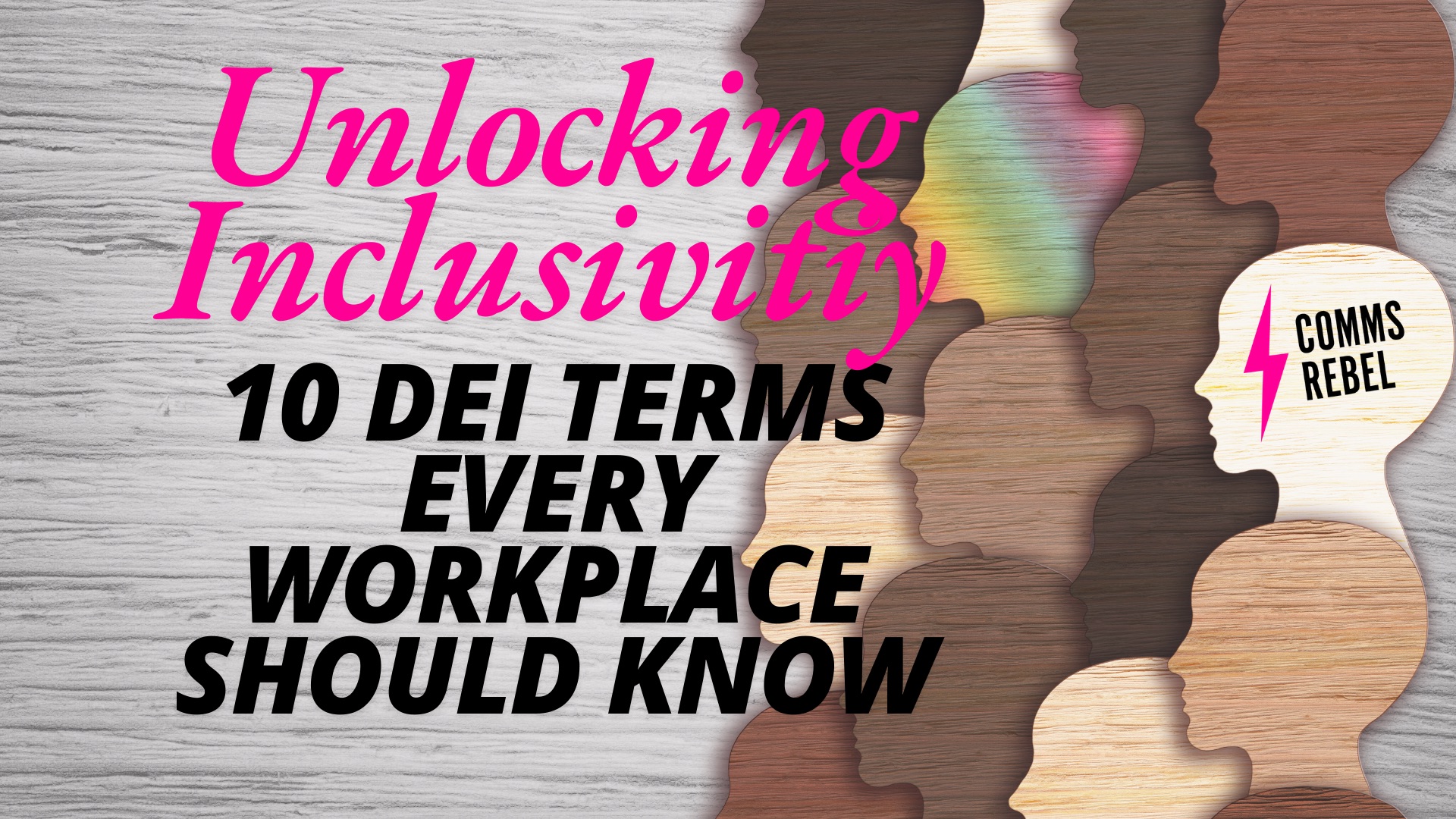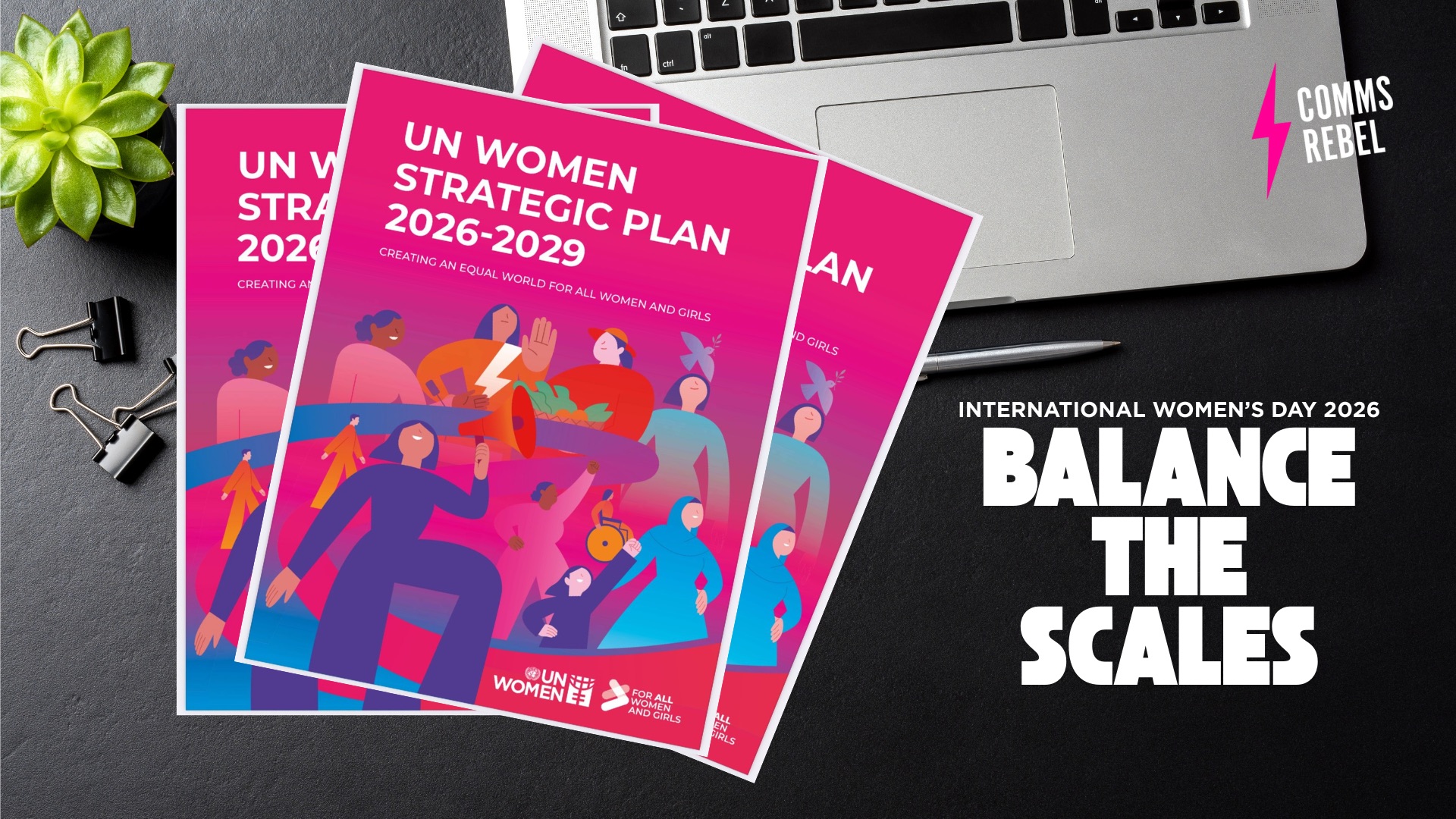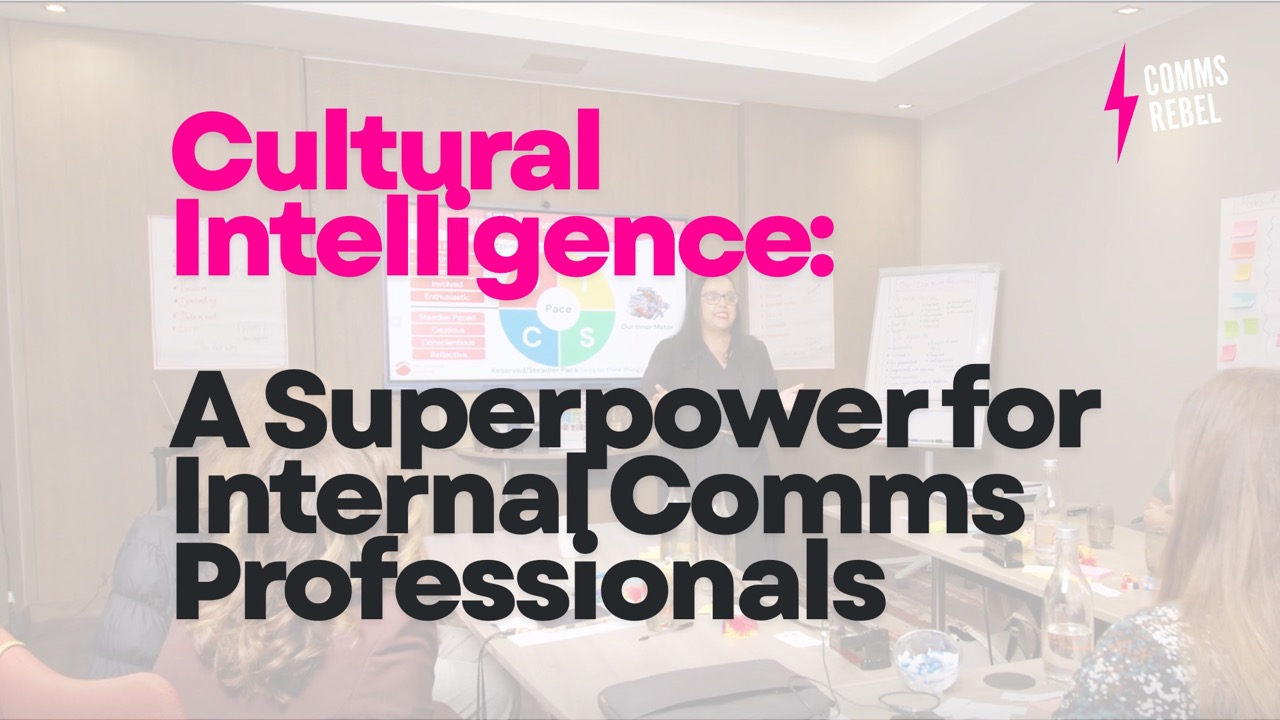Understanding and using the language around diversity, equity, and inclusion (DEI) can spark more meaningful conversations in your organisation. This is essential for building a workplace where everyone feels valued, heard, and included.
DEI language plays a vital role in fostering inclusive workplaces that allow employees to thrive. When people aren’t aligned with the same terminology, it can lead to confusion, misunderstandings, and even damage to company culture. That’s why a shared understanding of DEI concepts is crucial—it sets the foundation for driving inclusion and equity forward.
To ensure we’re all on the same page, here are 10 key DEI terms that can help you navigate these important conversations and create a more inclusive and equitable environment.
10 DEI Terms and What They Mean
1. Ally
An ally is someone who actively supports and advocates for individuals or groups who experience marginalisation or discrimination. This support goes beyond passive agreement with DEI values—it requires intentional action. True allyship involves using one’s privilege or influence to amplify the voices of those who are often silenced or overlooked. Allies commit to educating themselves on the issues affecting underrepresented communities and intervene when they witness bias or unfair treatment. Allyship is an ongoing process of learning, reflection, and action.
Example in the workplace: An ally might intervene when they hear a colleague make an inappropriate comment or ensure that diverse voices are included in a decision-making process.
2. Belonging
Belonging is the emotional need to feel accepted and valued as part of a group. In the workplace, a sense of belonging means employees feel secure and appreciated for who they are, not just for the work they do. When employees feel like they belong, they are more engaged, productive, and likely to stay with the organisation long-term. Belonging goes beyond diversity and inclusion by addressing the emotional connections that employees need to form to feel truly part of the team.
Example in the workplace: Organisations that cultivate belonging may create employee resource groups (ERGs), and ensure that everyone has a voice in meetings, regardless of hierarchy or role.
3. Bias
Bias in its simplest form is when we lean heavily towards one person or group, either in favour or against them. We can’t describe bias as right or wrong. It’s something that exists in all of us.
Example in the workplace: Support employees to become more aware of their biases and learn strategies to mitigate their influence in decision-making.
4. Diversity
Diversity encompasses the full range of human differences, including but not limited to race, ethnicity, gender, sexual orientation, age, physical ability, socioeconomic status, and religious beliefs. In the workplace, diversity refers to the presence of people from various backgrounds and perspectives. A diverse workforce brings different viewpoints and experiences to the table, fostering creativity, innovation, and problem-solving.
Example in the workplace: A diverse team may include people from different cultural backgrounds, genders, and age groups, which leads to a variety of perspectives on how to approach projects.
5. Equality
Equality is the principle of treating everyone the same, giving each person the same opportunities, resources, and rights, regardless of their starting point or circumstances. While equality is important, it doesn’t always address the different challenges individuals face due to systemic inequalities. In some cases, treating everyone the same can perpetuate disparities because people don’t have equal access to resources or support.
Example in the workplace: Offering the same training programs to all employees is an example of equality, but it may not consider the unique needs of some employees who require different types of support to succeed.
6. Equity
Equity is about giving individuals what they need to succeed, which often means providing different levels of support based on individual circumstances. While equality focuses on uniform treatment, equity addresses systemic barriers and ensures that everyone, regardless of their background or identity, has fair access to opportunities. In the workplace, equity requires leaders to actively address inequalities and provide resources and policies that help close gaps in access, opportunity, and outcomes. Equity is important because organisations can have inclusive cultures, but if people don’t feel like they are treated fairly, then DEI efforts will be wasted. Equity impacts everyone within a company.
Example in the workplace: Equity could mean offering additional remote work options or flexible hours for employees who have caregiving responsibilities, ensuring that everyone has a fair opportunity to contribute without being disadvantaged by their circumstances.
7. Inclusion
Inclusion ensures that all individuals, regardless of their differences, feel welcomed, respected, and valued in an organisation. Having a diverse workforce is not enough—those employees must also feel comfortable being themselves and thriving. An inclusive environment is one where people feel psychologically safe to voice their opinions and participate fully.
Example in the workplace: Inclusive organisations ensure that leadership reflects the diversity of the workforce.
8. Intersectionality
Intersectionality is a concept that recognises that people’s identities are complex and multifaceted. It acknowledges that individuals can experience overlapping forms of discrimination or privilege based on their unique combination of race, gender, sexual orientation, socioeconomic status, religion, disability, or age. Intersectionality helps organisations understand that people’s experiences cannot be understood in isolation from one another and that a one-size-fits-all approach to DEI is insufficient.
Example in the workplace: A Black woman may face both racial and gender discrimination and addressing one without the other would not fully tackle the challenges she encounters in the workplace.
9. Microaggressions
Microaggressions are subtle, often unintentional, actions or comments that convey negative or dismissive messages to members of marginalised groups. They may be small in scale but can accumulate over time, leading to feelings of exclusion, frustration, or diminished self-worth. Microaggressions can take the form of backhanded compliments, assumptions, or jokes that perpetuate stereotypes.
Example in the workplace: Telling a colleague, “You speak English so well,” when English is their first language, implies they don’t fit the stereotype of a “native speaker” and can be perceived as a microaggression.
10. Privilege
Privilege is a special right or advantage available only to a particular person or group often without realisation because of ignorance, lack of specific education, or cultural bias. Privilege becomes problematic when it is used to maintain power imbalances and when those who hold it fail to recognise how it marginalises others.
Example in the workplace: A person from an affluent background may have had access to top-tier education and professional networks, making it easier for them to secure job opportunities. Meanwhile, a colleague from a less privileged background might not have had the same resources, requiring them to work harder to achieve the same position. To address this, companies could implement mentoring programs or outreach efforts to ensure equal access to opportunities for all employees, regardless of their socioeconomic background.
There’s lots more information about DEI language in Building a Culture of Inclusivity.
Final Thoughts: By understanding and incorporating these key DEI terms into your communications and workplace practices, you can help create a more inclusive, equitable, and welcoming environment for all employees. Remember, this is a journey—ongoing education and reflection are key to making lasting change.
For more resources on fostering inclusion and addressing biases in the workplace, check out our free Inclusive Comms and Accessibility Guide. Feel free to share this post with your team, and don’t hesitate to reach out if you need further support!
P.S. If you enjoyed this post, you may also find our 5 practical lessons from Building A Culture of Inclusivity post helpful reading.


